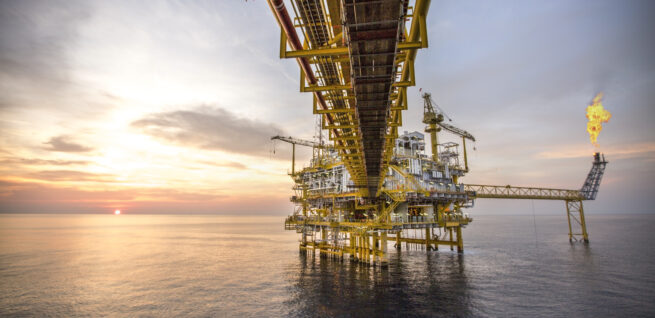Company News
Flare Gas to Power Solutions.

Gas flaring, once considered a routine practice in the oil and gas industry, is now emerging as a symbol of environmental neglect and a glaring contributor to climate change. This pervasive and seemingly avoidable practice involves the burning of natural gas extracted alongside oil production operations.
Why is it a problem? Flaring releases significant amounts of greenhouse gases into the atmosphere, leading to environmental consequences and loss of revenue. The gas being flared could have been captured and used to generate electricity or heat. Many countries have introduced regulations and environmental standards to reduce flaring and curb its negative impacts. Failure to comply with these regulations may lead to financial penalties or legal consequences for companies.
Did you know that around 140 billion cubic meters (bcm) of natural gas are flared globally each year? In other words, more than 600 million people can be provided with heat and electricity using this amount of gas.
Flaring is a major source of CO2 emissions, methane, and black soot. Approximately 42 million tonnes are emitted in the form of unburnt methane. Gas flares contribute to climate change, smog formation, and poor air quality, causing respiratory problems and other health issues for nearby communities. The OPRA OP16 Gas Turbine is state-of-the-art technology that represents a significant step forward in the energy industry’s efforts to reduce greenhouse gas emissions and utilise associated gas for power generation.

The OPRA OP16 Package
By raising awareness about this issue, we aim to educate more companies about available power generation solutions on the market and encourage actions that move us closer to a more sustainable energy future, leaving behind the dark clouds of gas flaring that currently looms over our planet.
